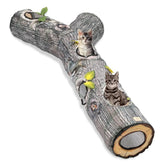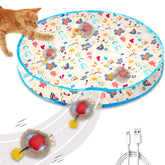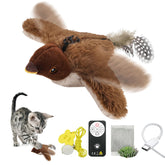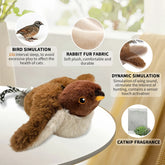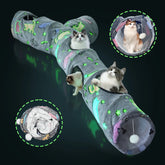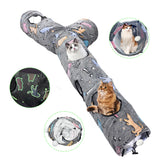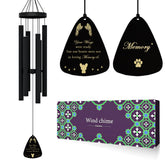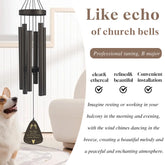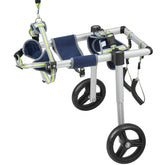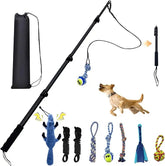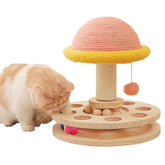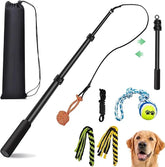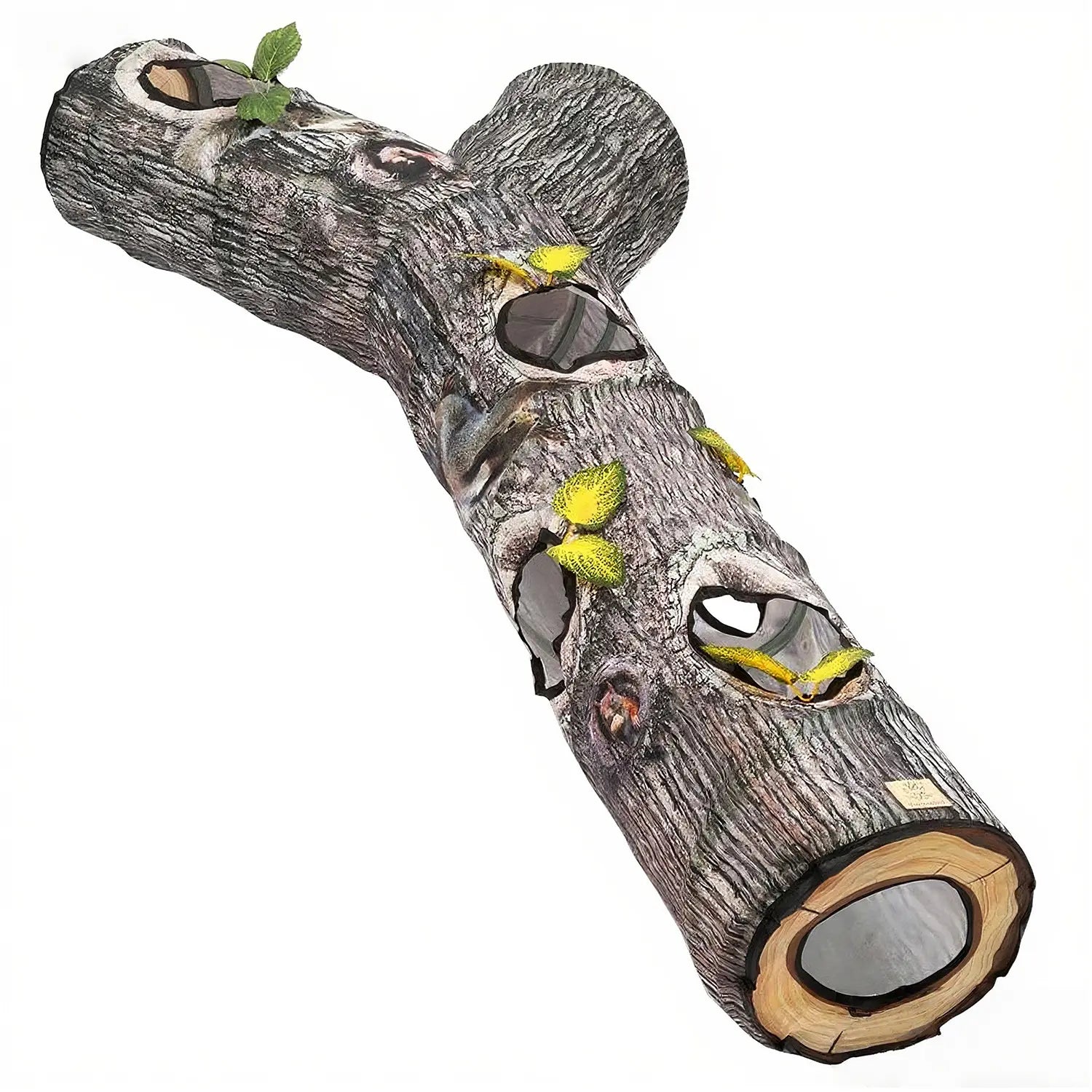Can Dogs Talk with Buttons? Exploring Smart Pet Communication
Are Dogs Really Talking with Buttons? What Science Says
Dogs have long been beloved for their loyalty and communication through barks, tail wags, and expressions. Recently, a fascinating idea has gained attention: that dogs might actually be "talking" using buttons programmed with words. This concept intrigues many pet owners who wonder if their furry friends can truly express complex thoughts with button-pressing. In this post, we’ll explore the question: are dogs really talking with buttons? We’ll look at how dogs communicate normally, what dog communication devices are, and what science says about this modern method.
Understanding Dog Communication
Natural Ways Dogs Communicate
Dogs primarily communicate through body language, vocalizations, and behavior. Tail wagging, ear positioning, and facial expressions convey emotions and intentions. Barking, whining, and growling serve various purposes like alerting, seeking attention, or signaling discomfort. Unlike humans, dogs use subtle cues that often require careful observation to interpret accurately.
Challenges in Understanding Dog Language
Understanding dog language is tricky because it is very different from human speech. Dogs don’t use words; their communication is instinctive and situational. While humans rely on language to explain ideas, dogs use signals that depend on immediate context. This difference makes it hard to assess if dogs can grasp or use human words meaningfully.
What Are Dog Communication Devices?
Introduction to Buttons Used by Dogs
Dog communication devices often involve buttons that dogs can press with their paws or noses. Each button represents a word or phrase like "outside," "play," or "food." These buttons are usually programmed with a recording that plays when pressed. Dogs learn to press buttons to express needs or preferences and may combine buttons to form simple phrases.
Popular Dog Communication Systems
Several popular systems promote dog button communication. Apps and physical devices from companies like FluentPet offer customizable buttons and training guides. These products help owners teach dogs to associate button presses with meanings, encouraging interactive communication. Videos on social media highlight dogs using these tools, sparking curiosity about their true abilities.
Dog Cognition and Language
How Dogs Process Sounds and Words
Science shows dogs can recognize hundreds of words and tones. Studies indicate dogs understand commands and associate sounds with actions or objects. Their brains process language differently but effectively enough to learn cues from humans. Dogs excel in social learning and are attentive to human emotional signals, which aids communication.
Limitations of Dog Speech Skills
However, dogs lack the anatomy and cognitive skills to form speech like humans. They do not have grammar or vocabulary in the way we do. Their "language" is limited to simple associations and expressions tied to immediate needs or rewards. Complex conversations or abstract ideas remain beyond their capabilities.
Scientific Studies on Dog Speech with Buttons
Overview of Key Research
A few scientific studies have explored if dogs really talk using buttons or if they merely respond to training. Researchers have tested dogs’ use of sound buttons to express requests and emotions. Some focus on famous cases such as dogs trained to press specific buttons for common desires.
Findings and Interpretations
Results show dogs can be trained to press buttons to indicate wants and feelings. However, many scientists believe this is more about conditioned responses than true language use. Dogs associate pressing buttons with outcomes like treats or walks, rather than conveying abstract thoughts. So, while dog button communication is impressive, it falls short of genuine talking.
Impact of Dog Button Communication on Pet Bonding
Building Trust and Interaction
Despite limitations, using buttons can deepen bonds between dogs and owners. Teaching a dog to communicate through buttons involves patience and attention. This interactive training fosters mutual understanding and trust, making dogs feel heard and valued.
Enhancing Relaxation and Well-Being for Dogs and Owners
This connection aligns perfectly with FelRelWel’s mission: providing products that help customers feel relaxed and well. When dogs gain a way to express themselves, they often experience less frustration and more comfort. Owners also enjoy a more fulfilling relationship, contributing to shared relaxation and happiness at home.
Criticisms and Skepticism
Common Doubts About Dog Button Communication
Experts and skeptics point out that dogs pressing buttons don’t necessarily mean they understand complex language. Some say owners may unintentionally cue behaviors or interpret random presses as meaningful. There’s concern that overinterpreting button communication could mislead dog lovers about canine cognition.
Balancing Enthusiasm and Scientific Evidence
It’s important to remain enthusiastic but realistic. Dog button communication devices should be viewed as training tools that enhance interaction, not magical translators. Combining scientific insight with open-minded practice can improve pet care without unrealistic expectations.
Conclusion
So, are dogs really talking with buttons? Science suggests dogs don’t talk in human terms but can use buttons to express basic needs through learned behavior. These communication devices enrich the dog-owner bond and offer meaningful ways to better understand our pets.
At FelRelWel, we believe quality products support this special connection and help you and your dog feel relaxed and well together. Explore our selection of pet comfort items designed to boost your home life with your furry friend. Try dog communication devices or soothing tools that fit your lifestyle, and experience how quality truly makes life feel relaxed well.
Start your journey toward better pet communication and comfort with FelRelWel today. Your dog isn’t just a pet—they’re part of the family, and helping them feel heard is one of the greatest joys of home life.
